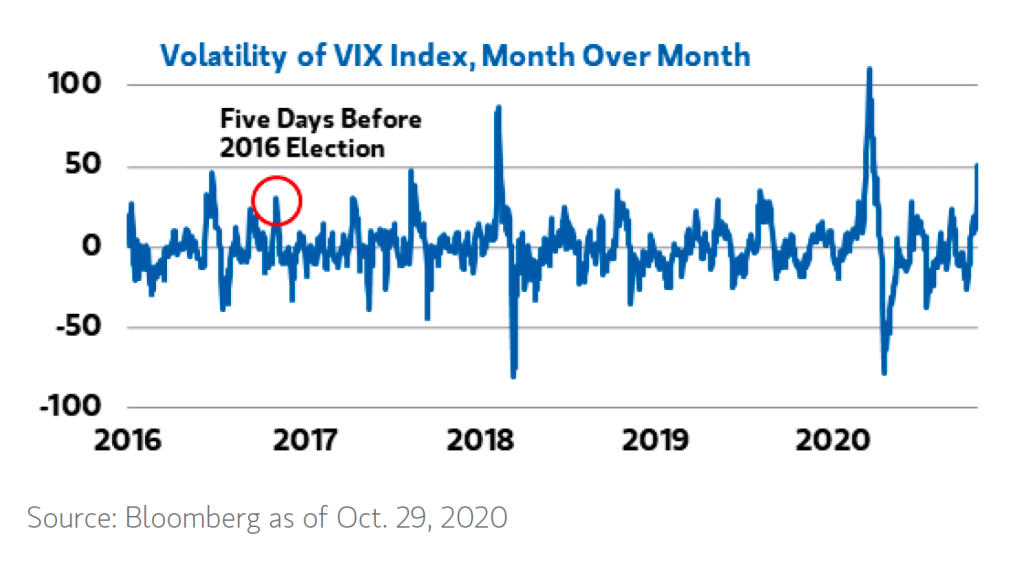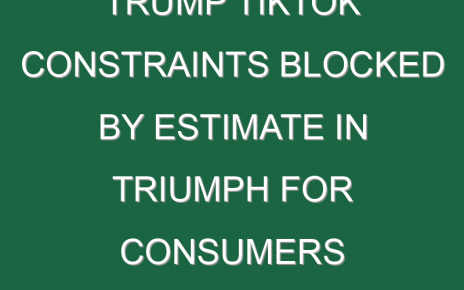This is the web version of the Bull Sheet, Fortune’s no-BS daily newsletter on the markets. Sign up to receive it in your inbox here.
Good morning, Bull Sheeters. It’s a risk-on Election Day. The markets and U.S. futures are gaining as Americans queue up to vote— and then, of course, the big wait begins.
Usually, investors sit things out until the results are clear. But that would be so uncharacteristic of this 2020 bull market.
Let’s see where investors are putting their money.
Markets update
Asia
- The major Asia indexes are higher in afternoon trading with the Hang Seng up nearly 2%.
- The buzz around the forthcoming Ant Group IPO has hit a fever pitch. In so-called gray market trading, institutional investors are paying a 50% premium for shares, Bloomberg reports, a strong sign this will be a blockbuster event. That might be why Chinese officials called founder Jack Ma into a closed-door meeting yesterday to go over the rules of fintech regulatory oversight.
- Alibaba Group is running Singles Day, the world’s most popular online shopping event, twice this year: this week and next week. As Fortune‘s Eamon Barrett reports, Alibaba “shipped $38.4 billion in gross merchandise value (GMV) on Singles’ Day last year. Amazon’s Prime Day, by comparison, sold an estimated $6 billion in goods last year.”
- Saudi Aramco reported a rough Q3, with profits down 45%. Still, it’s dead set on paying its quarterly $18.75 billion dividend to investors.
Europe
- The European bourses are in the green with Germany’s DAX and France’s CAC 40 both up 2%, the latter helped by a big top-line beat from French lender BNP Paribas.
- U.K. online grocer Ocado, a high-flying pandemic stock, announced on Monday it had acquired two U.S. robotic firms for a combined $287 million in cash and stock to speed the automation of warehouse operations for itself and clients.
- Shares in CureVac closed down 3% on Monday after the German biotech firm reported promising results in its trial COVID vaccine.
U.S.
- U.S. futures are climbing this morning, looking to add to yesterday’s gains. That’s after all three exchanges rebounded on Monday as investors bought up stocks on last week’s dip.
- Shares in PayPal were down 5% in pre-market trading after the digital payments company posted record revenues, but provided a murky outlook. PayPal did detail how it plans to go big on cryptocurrency starting next year.
- Tech shares rebounded yesterday after a late afternoon bounce, but there are still swirling questions about how the sector will fare after Election Day. Fortune‘s Anne Sraders takes a look at what investors can expect.
Elsewhere
- Gold is up, trading around $1,890/ounce.
- The dollar is down.
- Crude is up, with Brent trading at tick above $39/barrel.
- Bitcoin is off 2% at $13,430.
***
The big V
V for volatility that is.
Last week, we saw a trio of worrying signs that volatility had overtaken the markets: the dollar soared, as did Treasurys and the VIX. All three took off as polls tightened, COVID cases spiked on both sides of the Atlantic, and stimulus talks collapsed.
The VIX, or so-called fear index, looks out 30 days, seeking to measure the relative riskiness of what lies ahead. Fund managers and Wall Street analysts see the volatility gauge as a helpful tool to measure investor risk appetite. As such, the VIX has become a particularly helpful tool during major events like presidential elections when so much is at stake.
And so last week, when we saw the VIX rocket above 40, it got Wall Street’s attention. (It’s come down since, hovering below 37 this morning).
“The volatility of volatility—the rate at which volatility itself is changing—can often signal even bigger market shifts,” Lisa Shalett, CIO of Morgan Stanley Wealth Management, wrote in an investor note issued yesterday. “Most recently, we have seen volatility of the VIX, the major metric of stock market volatility, hit its third-highest level in five years.”
Morgan Stanley charted out the VIX going back five years, putting last week’s pre-election spike into perspective.

“The last two times this occurred,” she continued “in December 2018 and February 2020, we saw structural change: the Federal Reserve’s reversal of monetary policy to easing from tightening and the acknowledgement that COVID-19 was leading toward national lockdown. Could the VIX volatility be signaling a structural shift or a shift in the business cycle? We think chances are decent of both, which is why we don’t recommend sticking with yesterday’s leaders.”
Those leaders, of course, are the Big Tech, work-from-home darlings. Shalett suggests investors would be wise to rethink their portfolios to consider sectors instead that might benefit “from a new policy regime.” Those sectors, she says, would be industrials, clean energy, construction, consumer durables and financials.
She doesn’t explicitly say it, but it sounds like she’s watching the polling data closely, and penciling in a change in power in Washington.
The question remains—would such a change be a smooth or rocky one? If it’s the latter, expect yet another swing of extreme volatility, and the whole calculation to reset.
***
Have a nice day, everyone. I’ll see you here tomorrow.
Bernhard Warner
@BernhardWarner
[email protected]
As always, you can write to [email protected] or reply to this email with suggestions and feedback.



